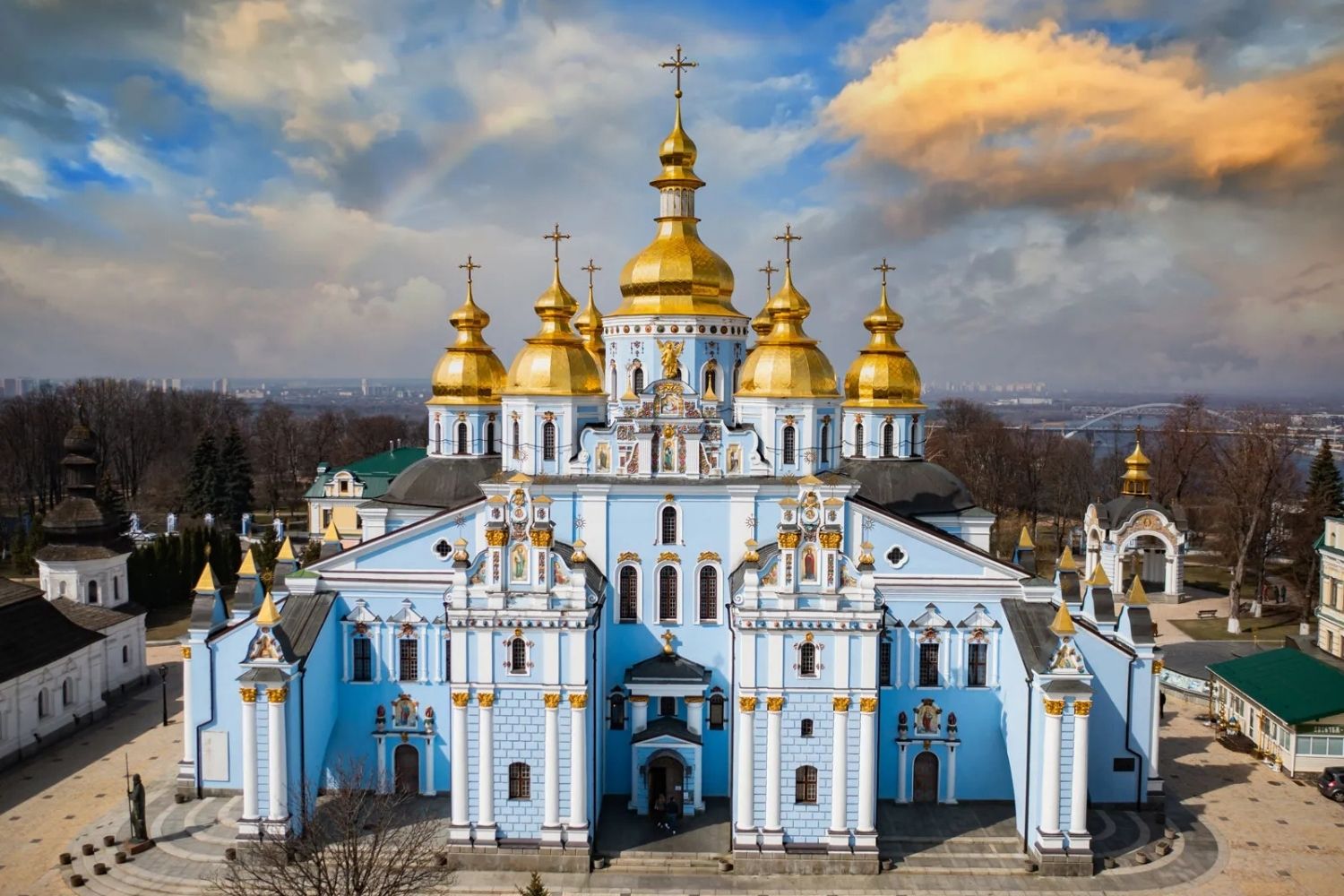
What is Eastern Orthodoxy? Eastern Orthodoxy, also known as the Orthodox Church, is one of the oldest Christian traditions. It traces its roots back to the apostles and the early church. Why is it significant? This faith has a rich history, unique practices, and a deep spiritual heritage. How is it different from other branches of Christianity? Unlike Roman Catholicism or Protestantism, Eastern Orthodoxy emphasizes the continuity of Holy Tradition, the importance of icons, and the mystical experience of God. What makes it unique? Its liturgy, sacraments, and monastic life offer a distinct spiritual path. Why should you care? Understanding Eastern Orthodoxy can enrich your knowledge of global Christianity and its diverse expressions.
Key Takeaways:
- Eastern Orthodoxy, rooted in the early days of Christianity, split from Roman Catholicism in 1054 due to differences in beliefs and practices. It continues to thrive with over 250 million followers worldwide.
- With unique traditions like veneration of icons and emphasis on holy sacraments, Eastern Orthodoxy has influenced art, music, and cultures around the world. It engages in global dialogue for unity and understanding.
Origins of Eastern Orthodoxy
Eastern Orthodoxy has a rich history that dates back to the early days of Christianity. Here are some fascinating facts about its origins.
-
Eastern Orthodoxy traces its roots to the Apostolic Age, meaning it believes its practices and teachings come directly from the apostles of Jesus.
-
The Great Schism of 1054 split Christianity into Eastern Orthodoxy and Roman Catholicism. This division was due to theological, political, and cultural differences.
-
Constantinople (modern-day Istanbul) became the center of Eastern Orthodoxy after the Roman Empire's capital moved there in 330 AD.
-
The Byzantine Empire played a crucial role in shaping Eastern Orthodox traditions, art, and architecture.
Beliefs and Practices
Eastern Orthodoxy has unique beliefs and practices that distinguish it from other Christian denominations.
-
Holy Tradition is considered equally important as the Bible in Eastern Orthodoxy. It includes teachings passed down through generations.
-
The Divine Liturgy is the central worship service, similar to the Mass in Roman Catholicism, but with distinct rituals and prayers.
-
Icons are significant in Eastern Orthodox worship. These religious images are venerated, not worshipped, and are believed to be windows to the divine.
-
Fasting is a common practice, especially during Lent and other fasting periods. It involves abstaining from certain foods to purify the body and soul.
Church Structure
The structure of the Eastern Orthodox Church is hierarchical yet decentralized.
-
The Ecumenical Patriarch of Constantinople is considered the "first among equals" among Eastern Orthodox bishops but does not have the same authority as the Pope in Roman Catholicism.
-
Autocephalous Churches are self-governing churches within Eastern Orthodoxy. Each has its own head, such as the Patriarch or Archbishop.
-
Synods are councils of bishops that make important decisions for the church, including matters of doctrine and administration.
Holy Sacraments
Eastern Orthodoxy recognizes several sacraments, known as "Holy Mysteries."
-
Baptism involves full immersion in water and is seen as a rebirth into the Christian faith.
-
Chrismation (Confirmation) follows baptism and involves anointing with holy oil to receive the Holy Spirit.
-
The Eucharist (Holy Communion) is considered the actual body and blood of Christ, not just symbolic.
-
Confession is a sacrament where believers confess their sins to a priest for absolution.
Festivals and Holidays
Eastern Orthodoxy has a rich calendar of festivals and holidays.
-
Pascha (Easter) is the most important celebration, marking the resurrection of Jesus Christ. It often includes midnight services and feasts.
-
Christmas is celebrated on January 7th by many Eastern Orthodox Christians, following the Julian calendar.
-
Theophany on January 6th commemorates the baptism of Jesus in the Jordan River.
Cultural Impact
Eastern Orthodoxy has significantly influenced various cultures and societies.
-
Byzantine Art is renowned for its mosaics, frescoes, and icons, which have inspired countless artists.
-
Orthodox Monasticism has a long history, with famous monasteries like Mount Athos in Greece serving as spiritual centers.
-
Orthodox Music features rich choral traditions, often performed a cappella during services.
Modern Eastern Orthodoxy
Eastern Orthodoxy continues to thrive in the modern world.
-
Global Presence: There are over 250 million Eastern Orthodox Christians worldwide, with significant communities in Eastern Europe, the Middle East, and North America.
-
Ecumenical Efforts: Eastern Orthodoxy engages in dialogue with other Christian denominations and religions to promote understanding and unity.
Final Thoughts on Eastern Orthodoxy
Eastern Orthodoxy, with its rich history and unique traditions, offers a fascinating glimpse into a world of faith that has shaped cultures and societies for centuries. From its origins in the Byzantine Empire to its spread across Eastern Europe and beyond, this branch of Christianity has maintained a deep connection to its roots while adapting to modern times. The use of icons, the significance of the Divine Liturgy, and the emphasis on monastic life are just a few aspects that set it apart. Understanding these elements helps appreciate the depth and beauty of Eastern Orthodox practices. Whether you're exploring for academic purposes or personal interest, these 23 facts provide a solid foundation. Dive deeper into this ancient faith, and you'll uncover even more layers of meaning and tradition.
Frequently Asked Questions
Was this page helpful?
Our commitment to delivering trustworthy and engaging content is at the heart of what we do. Each fact on our site is contributed by real users like you, bringing a wealth of diverse insights and information. To ensure the highest standards of accuracy and reliability, our dedicated editors meticulously review each submission. This process guarantees that the facts we share are not only fascinating but also credible. Trust in our commitment to quality and authenticity as you explore and learn with us.
